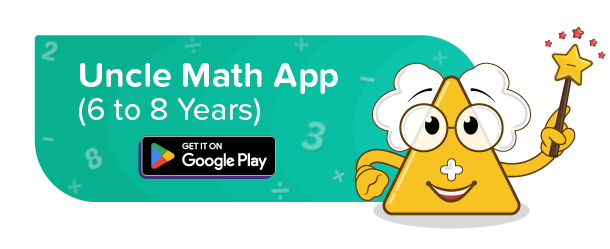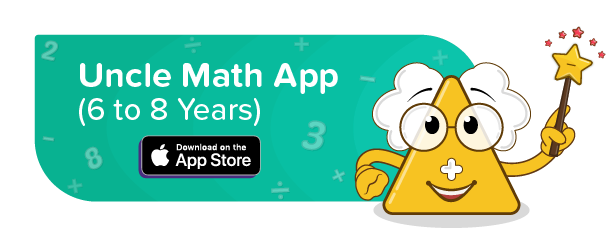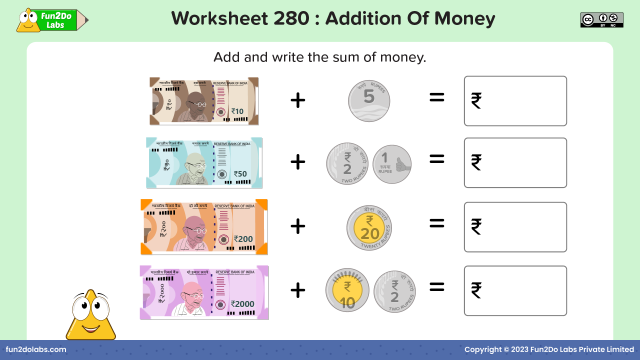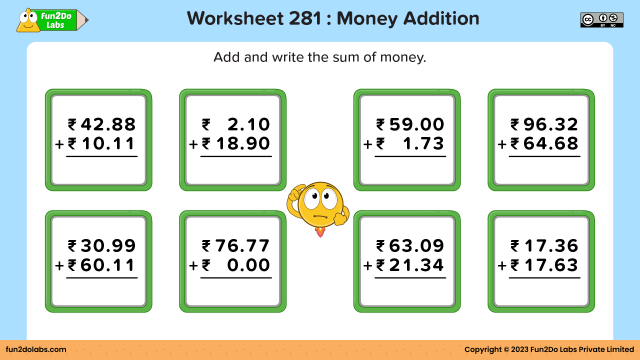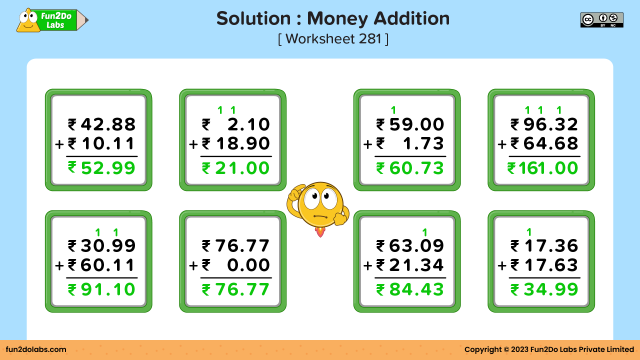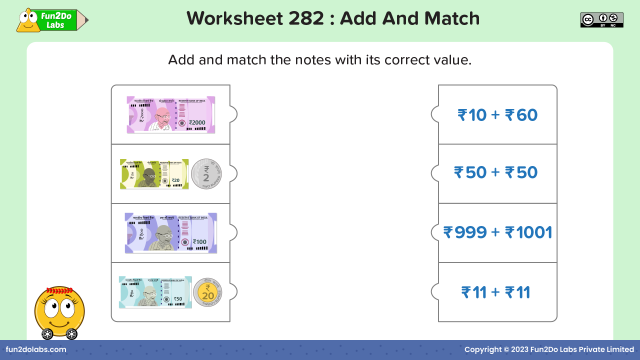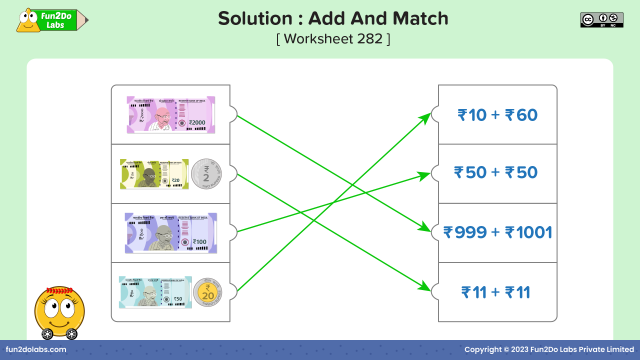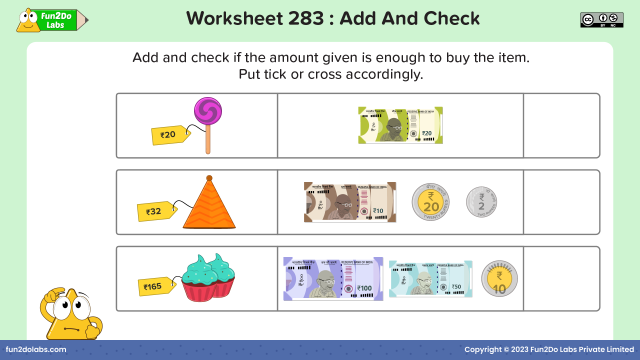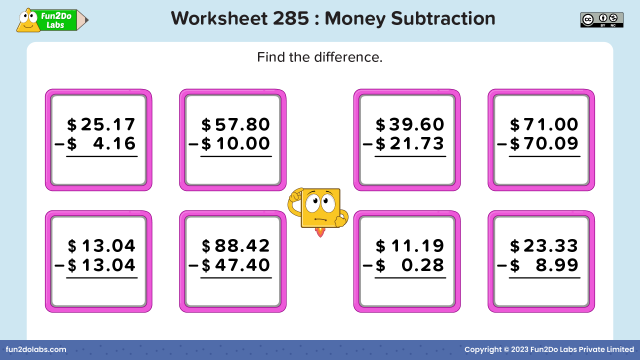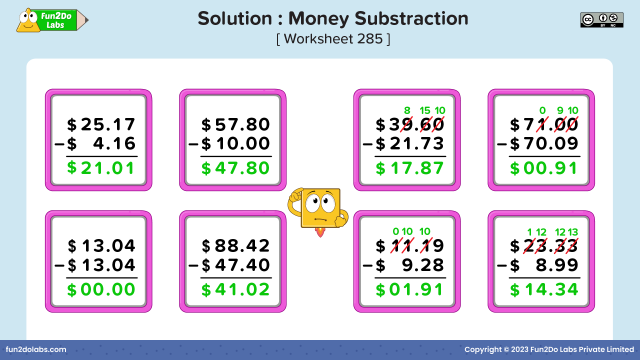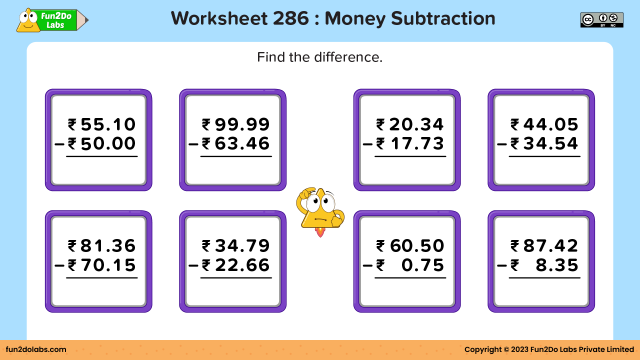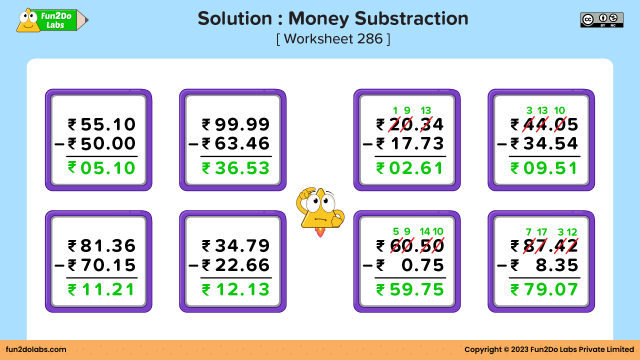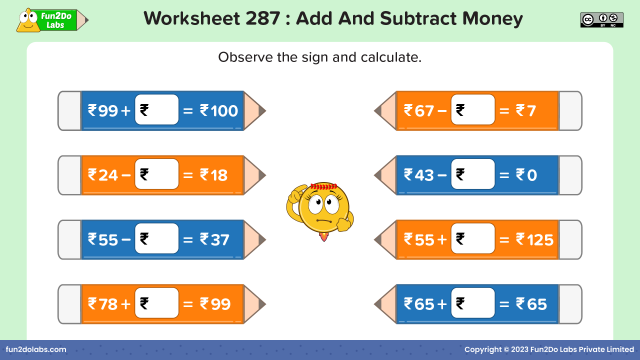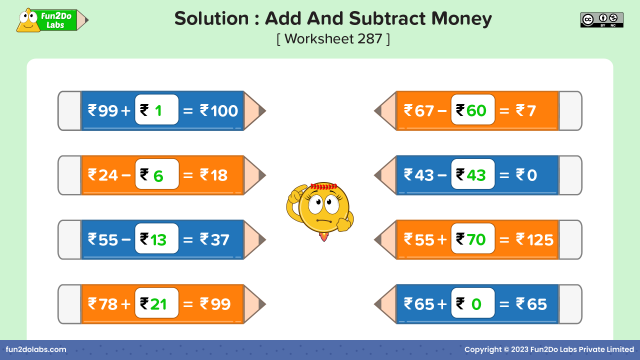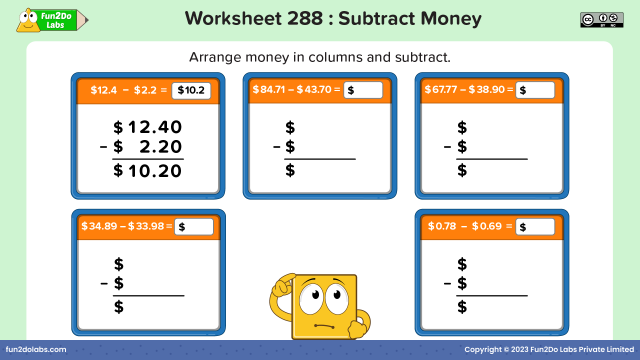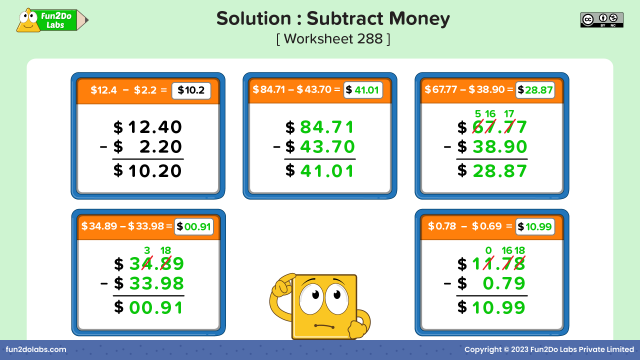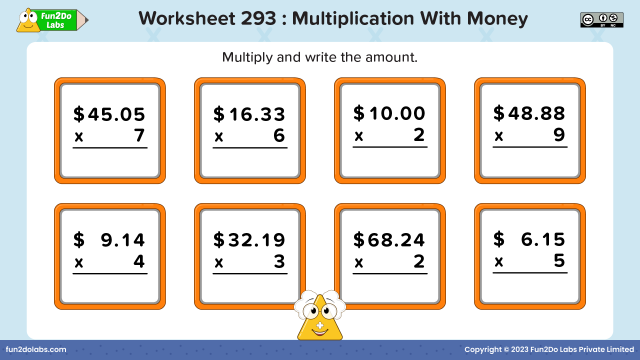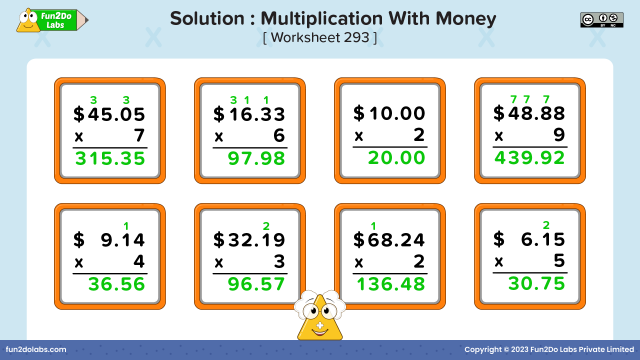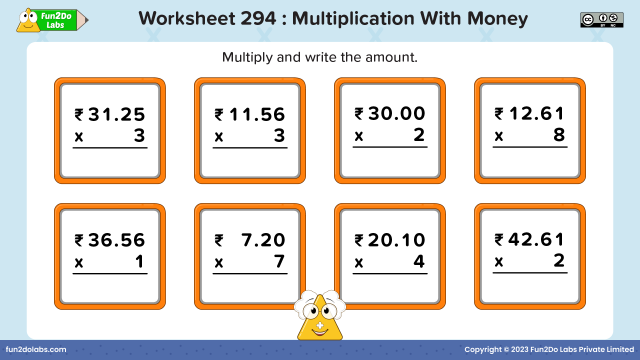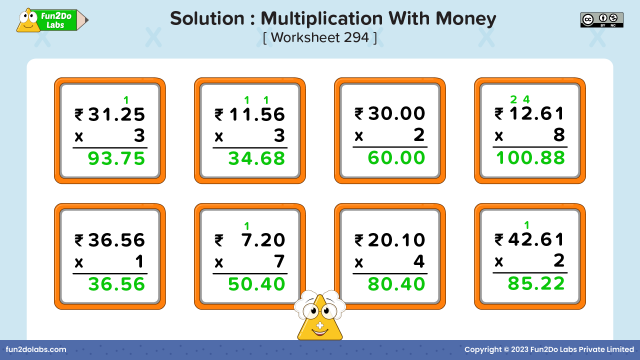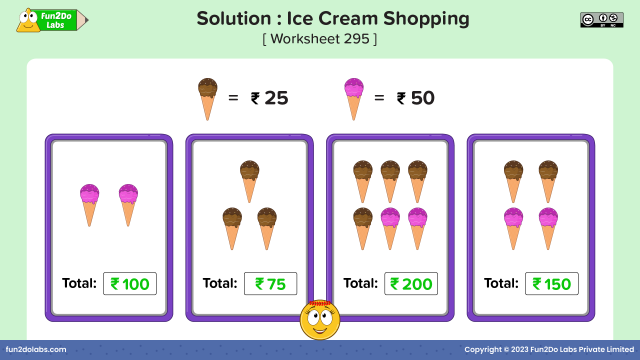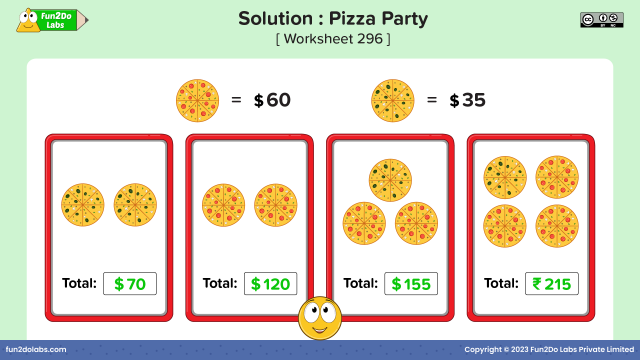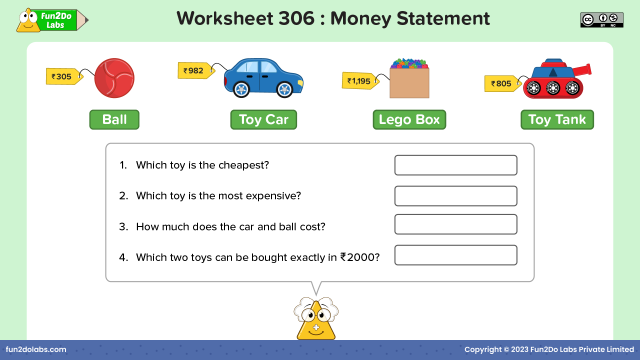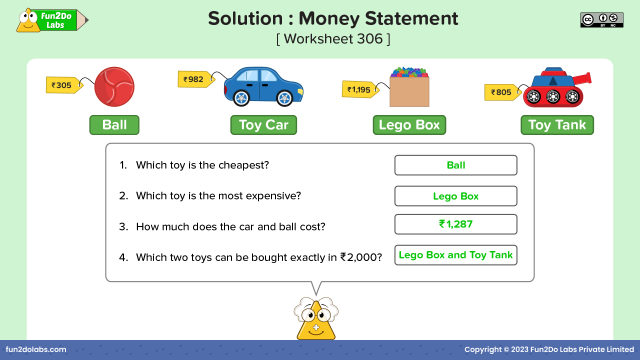
Do you want your kids to become money experts? In this guide, we will explore how to explain different operations with money in a fun and child-friendly way. This guide will help in learning unique teaching methods about adding, subtracting, multiplying, and dividing money.
Kids should have a basic idea of money, various denominations of money like currencies observed in different regions USA – U.S dollars (currency symbol $ ), UK – Pounds Sterling (currency symbol £ ), India – Indian Rupee (currency symbol ₹), European Union – Euros (currency symbol €) along with the four basic arithmetic operations of addition, subtraction, multiplication, and division, prior to understanding operations with money.
Acquaint your kids about different denominations and types of currency in your region. Like different US currency (penny, nickel, dime, quarter, 1 dollar, etc. ), UK currency (one penny, 2 or 5 pence, 1 pound or 2 pounds, etc. ), Europe currency (€5, €10, €20, €50, €100, €200 and €500) and Indian currency (Rs 1, Rs 2, Rs 5 and Rs 10, Rs 50, Rs 100, Rs 200, Rs 500). Kids should be expert in conversion of units like rupees to paisa or dollar to cents.
Adding and subtracting money :
Help kids to practice counting coins and adding or subtracting their values. Adding or subtracting money is just like additions or subtractions in decimal numbers. We have two cool methods to solve these problems with dissimilar units like rupees and paisa.
1. Adding or subtracting amounts with conversions into same units : First convert given money in same units and add or subtract the numbers together, Just like adding or subtracting regular numbers, we proceed from right to left column.

2. Adding or subtracting amounts without conversion into same units : In this method, we keep units separate like rupees and paisa without converting them and also add or subtract them separately. Just like adding or subtracting regular decimal numbers, we proceed from right to left column.
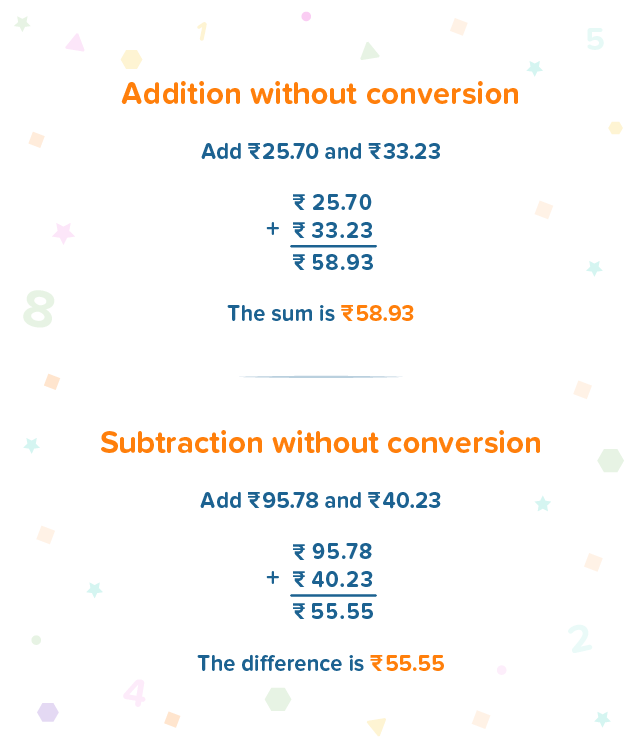
3. Multiplying Money
Multiplying money is just like multiplying decimal numbers. We follow a simple rule to place the decimal point in the product.
- Just like with regular multiplication, we multiply the numbers together.
- After multiplying, we place the decimal point after two places from the right in the product. This helps us maintain the correct value for the amount of money.
- Finally, we add the dollar and cents or rupees and paisa parts of the product together.
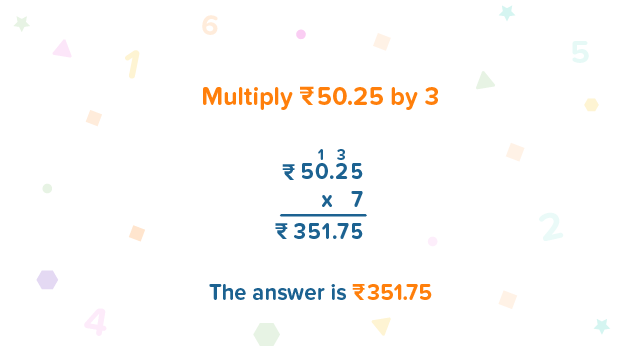
4. Dividing Money
The need of dividing money arises when money is to be shared equally
among people. Division with money is carried out in the same way as division of decimal numbers. We put decimal point in the quotient after two places from the right.
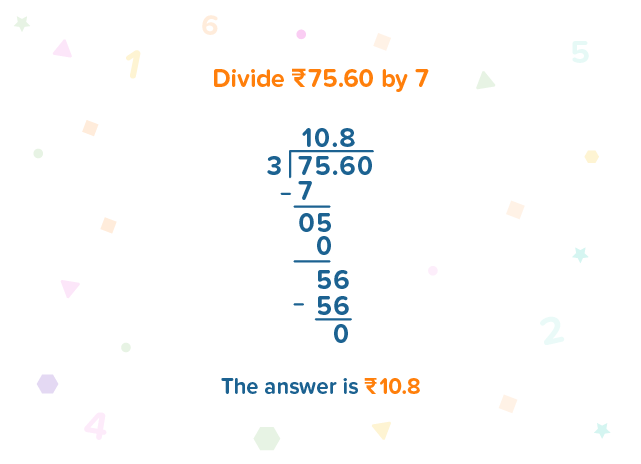
Regular practise and reinforcement will help kids develop a strong foundation in operations with money and lay the groundwork for more advanced concepts in the future.
Learning operations with money can be made enjoyable by incorporating interactive games and activities.
Shopping Time Activity :
This is a fun-filled activity for kids using fake money. Kids will love to perform this activity and will learn the concept of different operations with money with ease.
- Announce the sum of money and let the kids decide everyone’s share by dividing the total amount by the total number of kids.
- Distribute each kid’s share and allow them to shop for different items.
- A fake market can be created by displaying price tags for different items.
- Kids enjoy shopping along with learning different operations with money by adding the cost of different items to purchase, subtracting money to get the correct change, and multiplying money to get the cost of a larger number of items.
Help your kids practise operations with money with interesting and engaging fun worksheets and solutions from Uncle Math by Fun2Do Labs.



